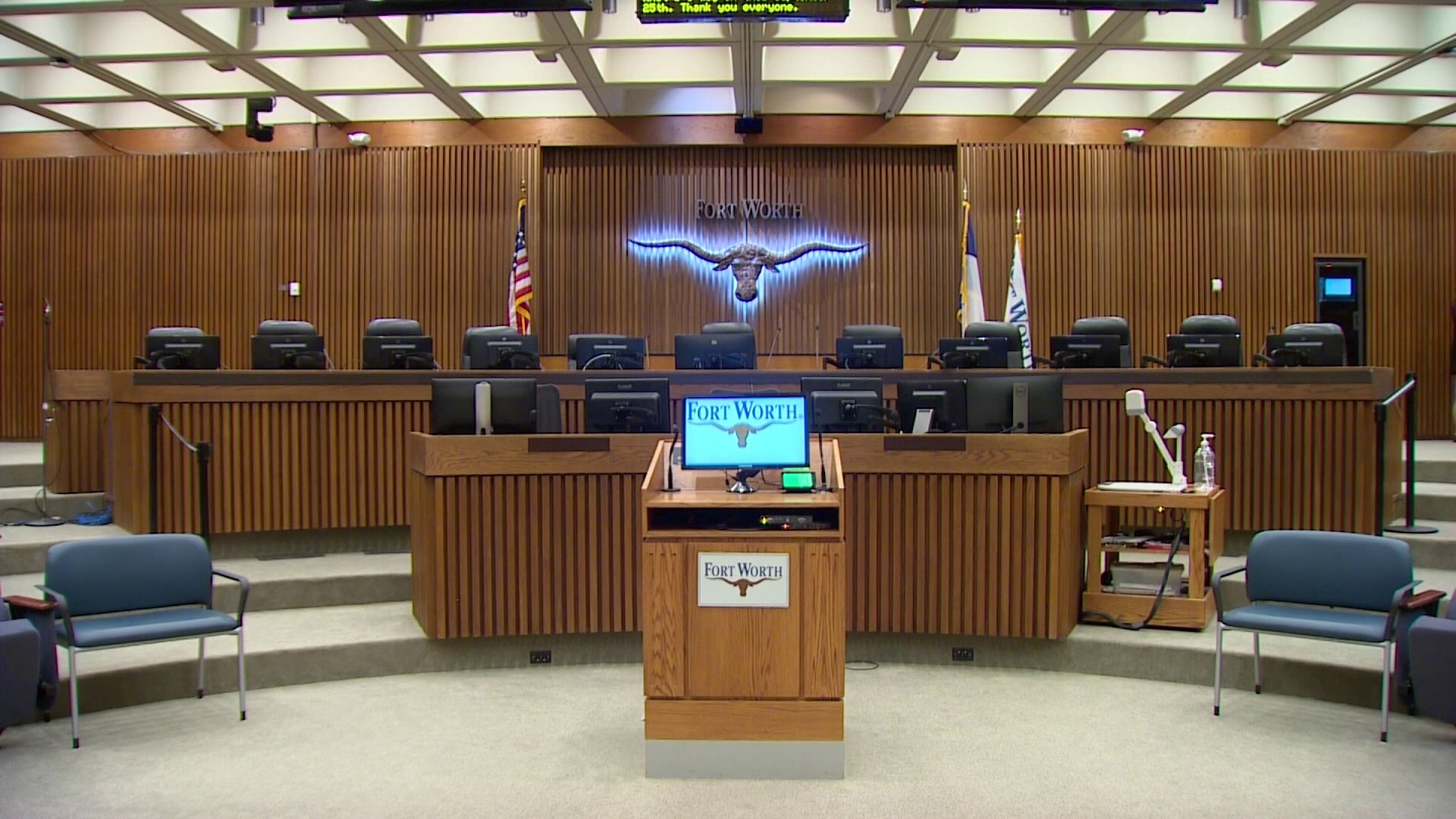DALLAS — You've probably heard of talking cars, talking robots, talking animals, but have you ever heard of talking roads? Well, that's what one researcher in Purdue has made -- in a way.
Purdue professor Luna Lu developed concrete sensors that "talk" to engineers, communicating with engineers about their strength, cracks, damage and preventing potholes, according to the school.
These sensors are being installed around Indiana and Texas, with one already in place on Interstate 35E in Hillsboro.
“Traffic jams caused by infrastructure repairs have wasted 4 billion hours and 3 billion gallons of gas on a yearly basis. This is primarily due to insufficient knowledge and understanding of concrete’s strength levels,” said Luna Lu, the Reilly Professor and acting head of Purdue’s Lyles School of Civil Engineering, in a statement. “For instance, we don’t know when concrete will reach the right strength needed to accommodate traffic loads just after construction. The concrete may go through premature failure, leading to frequent repairing.”
Lu has been developing the sensors since 2017, and conducted research focusing on improving concrete pavement conditions, the most challenging road material to repair.
Her lab's work began after the Indiana Department of Transportation asked for help in eliminating the premature failure of newly repaired pavement by better determining when the pavement would be ready for traffic.
Federal Highway Administration data shows less than 2% of U.S. roads are made up of concrete pavement, but about 20% of the nation's interstate system is made up of it.
Along with Indiana and Texas, Missouri, North Dakota, Kansas, California, Tennessee, Utah and Colorado have signed up to participate in the study implementing the sensors, with more states expected to join in the coming months.



